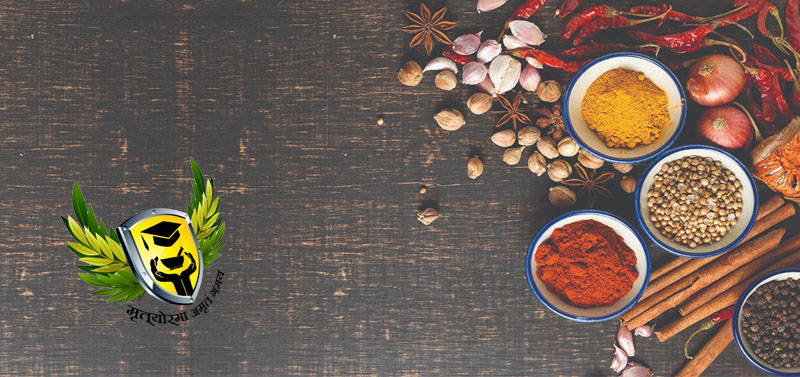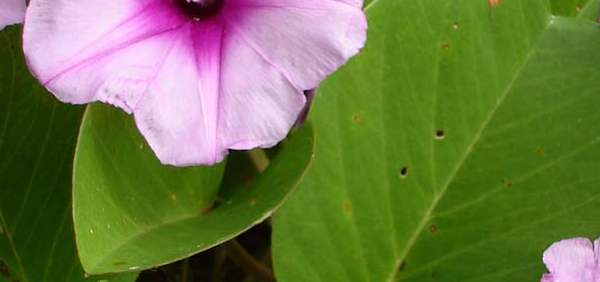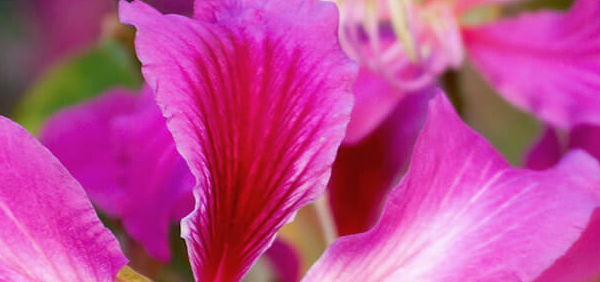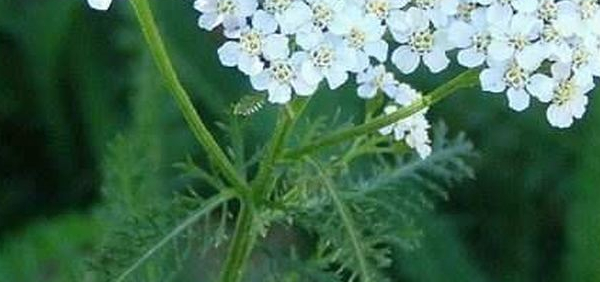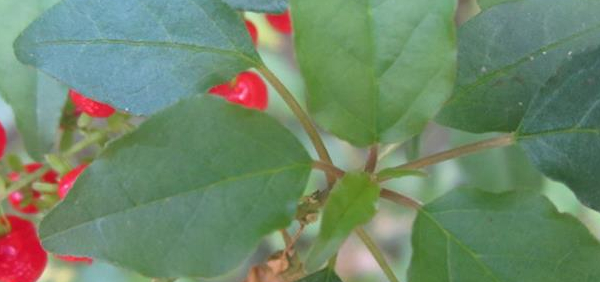yashtimadhu :
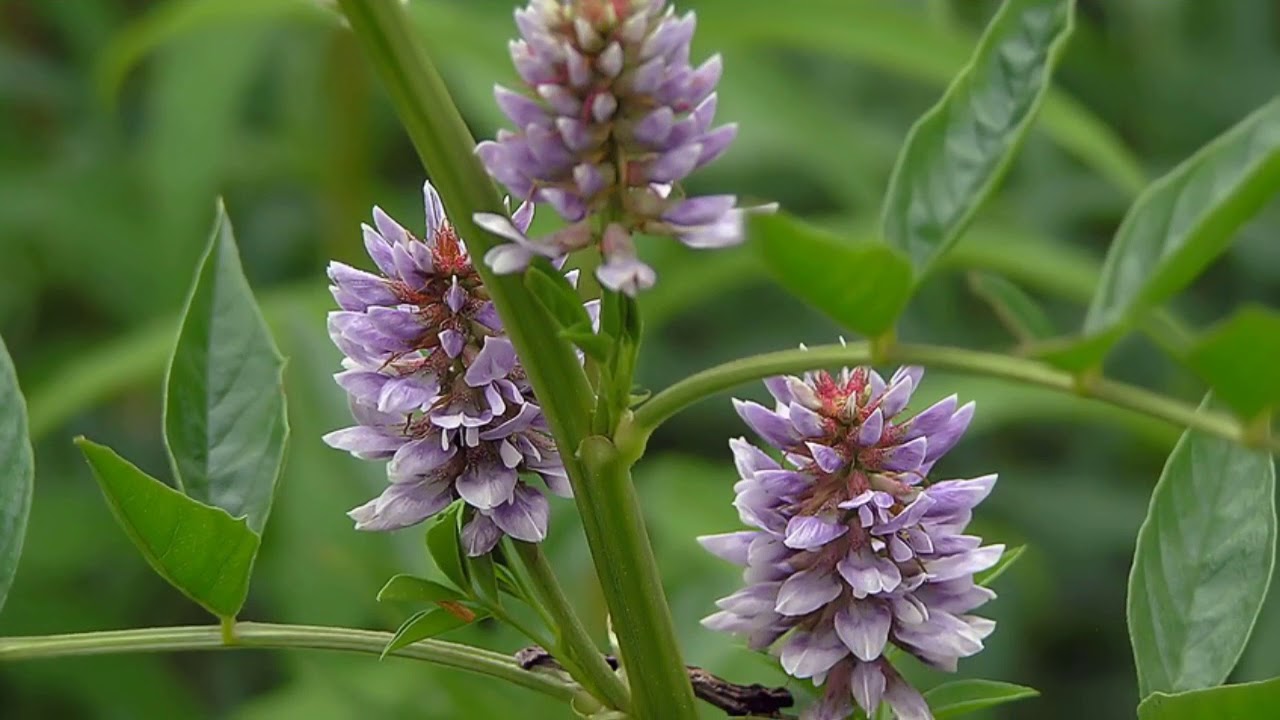 Rasa: Madhura
Rasa: Madhura Guna: Guru Picchila
Veerya: Sheetha
Vipaka: Maduram
Karma: Pittahara Vatahara
Yastimadhu
(Glycyrrhiza glabra) is commonly known as mulethi and mostly available in
Indian Kitchen.
Health benefits of
Yastimadhu are described in Ayurveda many years ago.
This herb has a
Soothing effect on the throat and pharynx is good so the use of Yastimadhu is
good for hoarseness of voice.
This herb has the
antacid, anti-ulcer genic, anti-inflammatory, anti-oxidants, anti-Alzheimer,
anti-cancer, analgesic, immune modulator, anti-bacterial, anti-asthmatic,
anti-arthritic and aphrodisiac properties.
Roots of this herb
contain 3.6% glycyrrhizin which is a yellow amorphous powder-asparagine, a
glycoside isoliquirtin 2.2%, glucose 3.8%, starch, gum, mucilage, amorphous,
sulphuric acid and metallic acids, calcium and magnesium salts.
All these ingredients
are packed with healing properties for the human body.
Liquorice flavours are used as candies or sweeteners, particularly in some European and Middle Eastern countries.
- » Classification and names of yashtimadhu
- » Synonyms and definitions of yashtimadhu
- » Drug Properties of yashtimadhu
- » Chemical Constituents of yashtimadhu
- » Standardization of yashtimadhu
- » Parts used and Dosage of yashtimadhu
- » Morphology and Histology of yashtimadhu
- » Distribution and Conservation of yashtimadhu
- » Cultivation of yashtimadhu
- » yashtimadhu in the market
- » Medicinal Uses of yashtimadhu
- » Researches and clinical trails of yashtimadhu
- » yashtimadhu in other sytems of medicine
- » Ayurvedic formulations with yashtimadhu
- » Images of yashtimadhu


